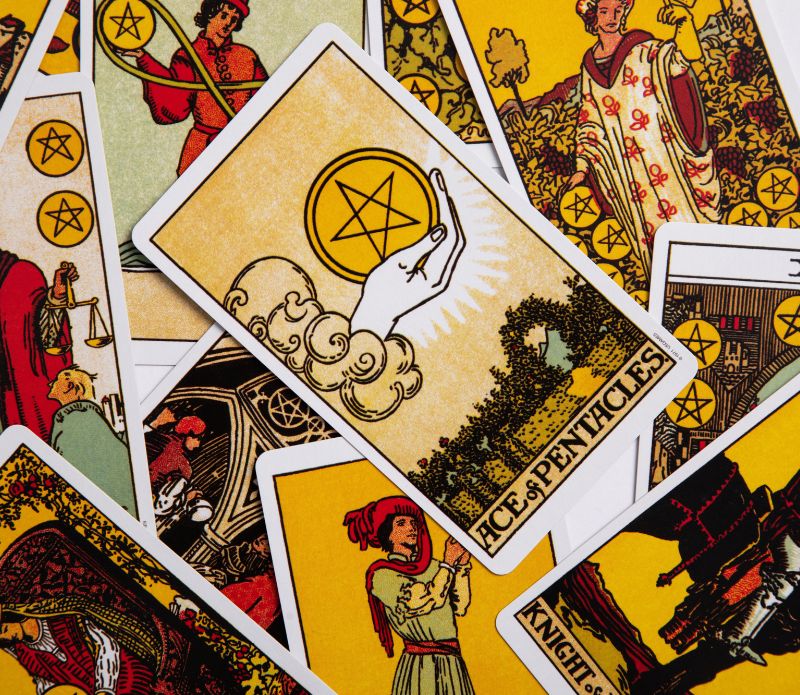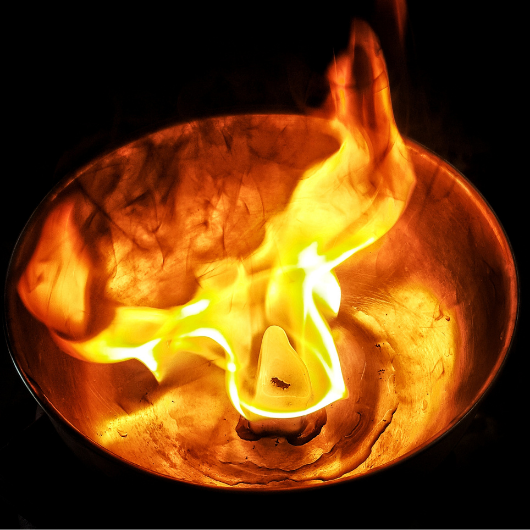The Beginnings of Tarot
The cards that eventually inspired the creation of tarot decks originated around the late 14th to early 15th centuries. These cards were not divination cards but rather playing cards that were popular among wealthy families in Europe. This card game, formally called tarocchi, featured four suits similar to those that we see today—cups, swords, coins, and wands or polo sticks. Eventually, additional cards were added to the deck of suits. These, known as trump cards, were similar to the Major Arcana. Wealthy families would pay artists to depict their family members and friends as images on the cards. These earlier decks were also influenced by Christian imagery. The card game traveled to France, where it took the name of tarot.
Tarot’s Evolution

In the late 1700s, after centuries of the card game in use and its continued popularity, two key players in the world of tarot transformed the practice. Antoine Court de Gébelin studied the cards and released a theory that proclaimed that tarot was influenced by the imagery of Ancient Egypt and contained wisdom from the Egyptian guards. Shortly after, Jean-Baptiste Alliette released the first tarot deck to be used for divination under the pseudonym Etteilla.
Tarot in the Modern World

The deck was again transformed in 1909 when British occult author Arthur Edward Waite hired Pamela Colman Smith to illustrate the tarot deck that continues to be popular today. The Rider-Waite deck took its name after being published by William Rider’s publishing company but is also often referred to as the Smith-Waite or Rider-Waite-Smith deck. The artwork that Smith created moved away from the once Christian-inspired imagery to those that take a more general or magical approach.
The modern tarot deck now consists of 78 cards—22 Major Arcana and 56 Minor Arcana cards. We now see so many adaptations as tarot continues to be popular within the spiritual community, and artists are taking their turns at reshaping the artwork to match an aesthetic or to connect with pop culture references. While many decks completely transform the art on the cards, others continue to draw inspiration from the images that Smith created. Through this practice of connecting and creating with the tarot deck, we begin to see so many connect to and become inspired by this infamous deck of cards.





